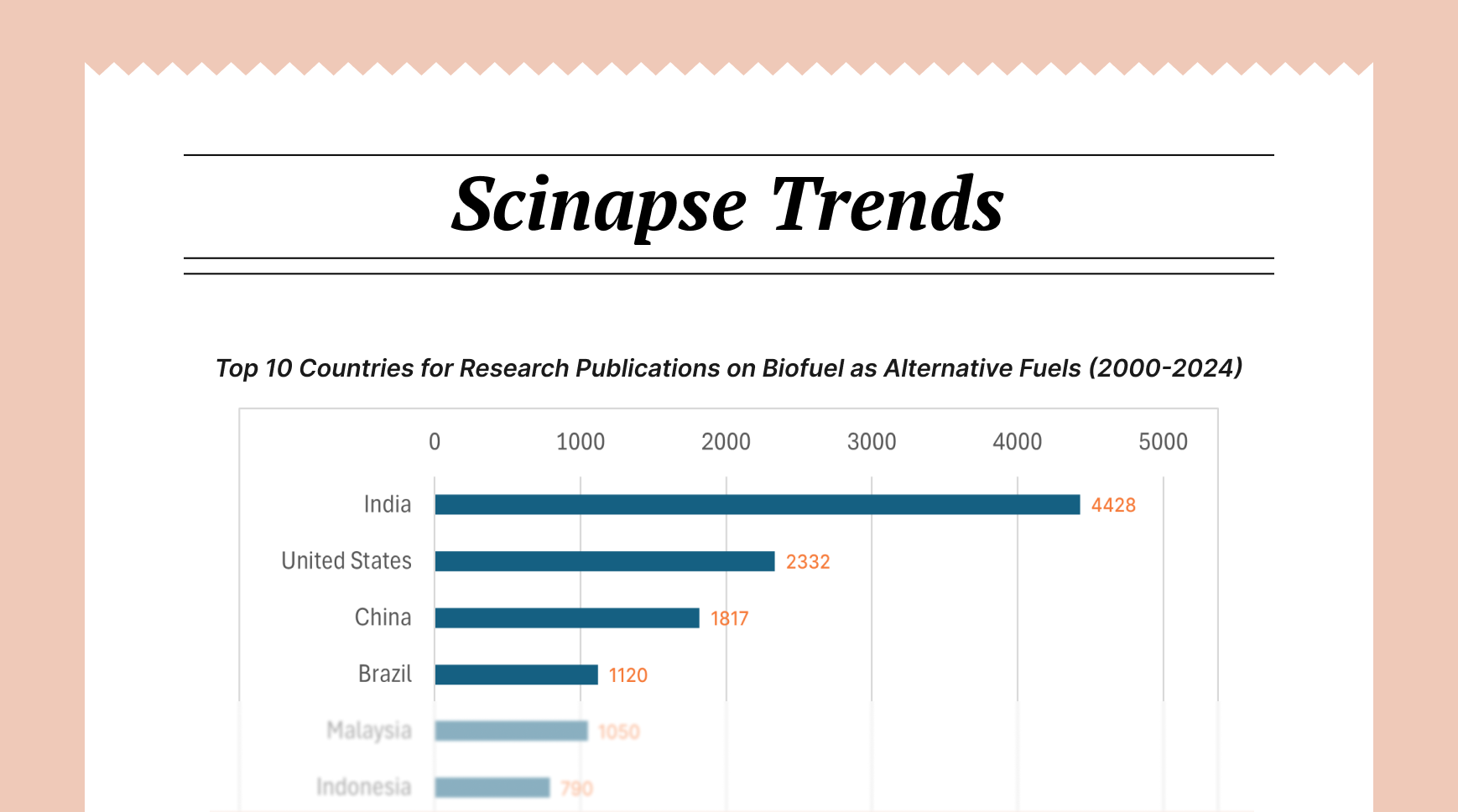Types of Literature Reviews: Methods, Strengths, and Limitations

The seemingly straightforward task of reviewing literature encompasses a diverse array of methodological approaches, each with distinct epistemological assumptions, procedural conventions, and evaluative criteria. As research becomes increasingly specialized and interdisciplinary, understanding these methodological differences has become essential for both producers and consumers of scholarly syntheses.
This article examines the primary methodological approaches to literature reviews—narrative, systematic, meta-analytic, scoping, and integrative—analyzing their respective strengths and limitations within the broader context of knowledge production. By recognizing the complementary nature of these methodological traditions, researchers can make more informed choices about which approaches best serve their specific research objectives and disciplinary contexts.
1– Narrative Reviews
Methodological Characteristics
Narrative or traditional literature reviews represent the oldest and most established approach to synthesizing scholarly literature. These reviews typically employ flexible, interpretive methods that allow researchers considerable latitude in source selection, analytical strategies, and organizational frameworks. Rather than following rigid protocols, narrative reviewers exercise scholarly judgment throughout the review process, drawing upon their expertise to identify significant works, discern conceptual patterns, and construct coherent narratives about the current state of knowledge. This methodological approach prioritizes interpretive understanding over procedural standardization, making narrative reviews particularly well-suited for theory development and conceptual exploration.
Strengths
The primary strength of narrative reviews lies in their capacity to develop nuanced theoretical insights that might remain inaccessible through more standardized approaches. By granting reviewers the interpretive freedom to make connections across diverse bodies of literature, narrative methods facilitate theoretical innovation and disciplinary integration.
Additionally, narrative reviews often demonstrate greater sensitivity to contextual factors and epistemological diversity than their more standardized counterparts. By accommodating multiple forms of evidence and varied methodological traditions, narrative approaches can integrate insights from qualitative, quantitative, and theoretical scholarship—a particularly valuable function in interdisciplinary research contexts. This methodological inclusivity enables narrative reviews to address complex questions that span multiple knowledge domains, potentially yielding a more holistic understanding than narrower syntheses.
Limitations
Despite these strengths, narrative reviews face significant limitations regarding transparency and replicability. The absence of standardized protocols for source selection and analysis creates vulnerability to various forms of bias, including confirmation bias (preferential attention to evidence supporting the reviewer's perspective) and citation bias (selective citation of supportive sources). Without explicit methodological documentation, readers cannot evaluate the comprehensiveness of search strategies or the criteria used for source inclusion, limiting their ability to assess the review's evidentiary foundation.
This methodological opacity renders narrative reviews particularly vulnerable to criticism in research contexts that prioritize procedural standardization and empirical verification. These limitations have driven the development of alternative review methodologies that emphasize procedural transparency and methodological rigor.
2- Systematic Reviews
Methodological Characteristics
Systematic reviews emerged partially in response to the perceived limitations of narrative approaches, offering structured methodological frameworks designed to enhance transparency and minimize bias. These reviews follow explicit, pre-determined protocols that govern all aspects of the review process, including question formulation, search strategies, inclusion criteria, quality assessment, and data extraction. This procedural standardization aims to create comprehensive, replicable syntheses that minimize selective reporting and subjective judgment. While systematic reviews originated in healthcare research through organizations like the Cochrane Collaboration, their methodological principles have since been adapted across diverse disciplines from education to environmental science.
Strengths
The primary strength of systematic reviews lies in their methodological transparency, which enables readers to evaluate the evidentiary basis for review conclusions. By documenting search strategies, inclusion criteria, and analytical procedures, systematic reviews create auditable trails that facilitate critical assessment and potential replication. This methodological accountability represents a significant advantage in research contexts where evidential standards remain contested or where review findings might inform consequential decisions about policy or practice.
Systematic reviews also offer considerable advantages regarding comprehensiveness, minimizing the risk that significant evidence will be overlooked. Through exhaustive search strategies spanning multiple databases, systematic reviewers aim to identify all relevant studies addressing their research questions, regardless of whether these studies support particular theoretical positions. This comprehensive approach helps counteract publication bias and selective citation practices that might distort understanding in traditional reviews, potentially yielding more balanced assessments of current evidence.
Limitations
Despite these strengths, systematic reviews face significant limitations regarding interpretive depth and theoretical development. The procedural standardization that enhances methodological transparency can simultaneously constrain interpretive flexibility, potentially reducing opportunities for conceptual innovation. This methodological rigidity proves particularly problematic when reviewing heterogeneous literature addressing complex, multifaceted phenomena.
Additionally, systematic reviews often demonstrate limited capacity to integrate diverse forms of evidence, typically prioritizing certain study designs (particularly randomized controlled trials) while excluding qualitative or theoretical contributions. This methodological selectivity can create significant limitations when reviewing topics where important insights emerge from diverse epistemological traditions, potentially yielding incomplete or decontextualized syntheses. These limitations have prompted ongoing methodological development, including the emergence of mixed-methods systematic reviews that aim to incorporate both quantitative and qualitative evidence.
3- Meta-Analytic Reviews
Methodological Characteristics
Meta-analysis represents a specialized form of systematic review that employs statistical techniques to combine and analyze quantitative findings across multiple studies. Rather than simply summarizing research results narratively, meta-analytic reviewers calculate standardized effect sizes that enable direct comparison and aggregation across studies with different samples, measures, and analytical approaches. Through this statistical synthesis, meta-analyses can identify patterns that might remain obscured in individual studies, potentially resolving contradictions in research findings and establishing more precise effect estimates.
Strengths
The primary strength of meta-analysis lies in its statistical power to detect effects that individual studies might miss due to sampling limitations or methodological variations. By aggregating data across multiple investigations, meta-analyses can achieve sample sizes far exceeding those available in individual studies, reducing standard errors and increasing precision in effect estimation. This enhanced statistical power proves particularly valuable when reviewing research domains characterized by modest effect sizes or significant between-study variation, potentially resolving apparent contradictions in research findings.
Meta-analyses also offer unique advantages regarding effect quantification, enabling precise estimation of effect magnitudes and confidence intervals. This quantitative specificity represents a significant improvement over the impressionistic effect descriptions common in narrative reviews, providing more actionable information for both researchers and practitioners.
Limitations
Despite these strengths, meta-analyses face significant limitations regarding study heterogeneity and contextual sensitivity. The statistical aggregation that enhances precision simultaneously risks obscuring important differences between studies conducted in different contexts or with different populations. While statistical techniques like moderator analysis can address some forms of heterogeneity, meta-analyses often struggle to account for complex contextual factors that might influence intervention effectiveness or relationship strength. This limited contextual sensitivity represents a significant limitation when reviewing interventions or phenomena that demonstrate strong context-dependent effects.
Additionally, meta-analyses remain vulnerable to various forms of publication bias despite their methodological rigor. The tendency for journals to preferentially publish studies with statistically significant findings creates systematic distortions in the available evidence base, potentially biasing meta-analytic effect estimates. While techniques like funnel plots and trim-and-fill procedures can identify and partially correct for publication bias, they cannot fully compensate for unpublished studies. This vulnerability highlights the need for complementary review approaches that can incorporate unpublished findings or qualitative insights.
4- Scoping Reviews
Methodological Characteristics
Scoping reviews represent a relatively recent methodological development designed to map research landscapes across broad domains rather than answering narrowly defined questions. These reviews employ systematic search strategies similar to those used in systematic reviews but typically address broader questions about research activity, methodological approaches, or conceptual frameworks within particular fields. Rather than synthesizing findings to determine intervention effectiveness or relationship strength, scoping reviews characterize the nature and extent of research activity, identifying patterns in research focus, methodology, and theoretical orientation.
Strengths
The primary strength of scoping reviews lies in their capacity to map evolving research landscapes, providing valuable orientation for researchers navigating complex or fragmented fields. By identifying patterns in research activity, methodological approaches, and conceptual frameworks, scoping reviews can highlight both heavily researched areas and knowledge gaps requiring further investigation. This mapping function proves particularly valuable in emerging or interdisciplinary domains where research boundaries remain fluid and methodological conventions continue to evolve.
Scoping reviews also offer advantages regarding methodological inclusivity, typically incorporating diverse study designs and theoretical traditions. Unlike systematic reviews or meta-analyses that often prioritize particular methodological approaches, scoping reviews can include qualitative, quantitative, and theoretical contributions, potentially yielding a more comprehensive understanding of research activity. This methodological breadth makes scoping reviews particularly well-suited for interdisciplinary topics spanning multiple research traditions.
Limitations
Despite these strengths, scoping reviews face limitations regarding analytical depth and evaluative capacity. While effectively mapping research activity, scoping reviews typically provide limited critical assessment of methodological quality or findings’ strength. This limited evaluative function restricts the utility of scoping reviews for answering questions about intervention effectiveness or relationship strength.
Closing Thoughts on Types of Literature Reviews
The diverse methodological approaches to literature review offer complementary strengths and limitations that make them suitable for different research objectives and contexts. Narrative reviews provide interpretive depth and theoretical integration but face challenges regarding transparency and replicability. Systematic reviews offer methodological rigor and comprehensive coverage but may sacrifice conceptual innovation and struggle with diverse evidence forms. Meta-analyses provide statistical power and precise effect quantification but face limitations regarding contextual sensitivity and publication bias. Scoping reviews excel at mapping research landscapes but offer limited analytical depth or evaluative capacity.
Understanding these methodological differences enables researchers to make informed choices about review approaches based on their specific research objectives, epistemological commitments, and disciplinary contexts. By selecting review methodologies aligned with specific research purposes—whether mapping research landscapes, developing theoretical frameworks, evaluating intervention effectiveness, or identifying knowledge gaps—researchers can maximize the contribution of literature reviews to scholarly understanding and disciplinary advancement.
Author: Uttkarsha B
- AI-Ethicist and STM Research & Publishing Expert
Never re-search again.
Scinapse is made by researchers for researchers.
Join the next generation of research at ⏯️ https://scinapse.io/
Pluto Labs
Pluto Labs helps researchers focus on their research by improving several inefficiencies in the academic research process. We offer data-driven insights from academic papers, allowing users to easily obtain review-level results for their desired range of papers.
https://pluto.im/





Comments ()